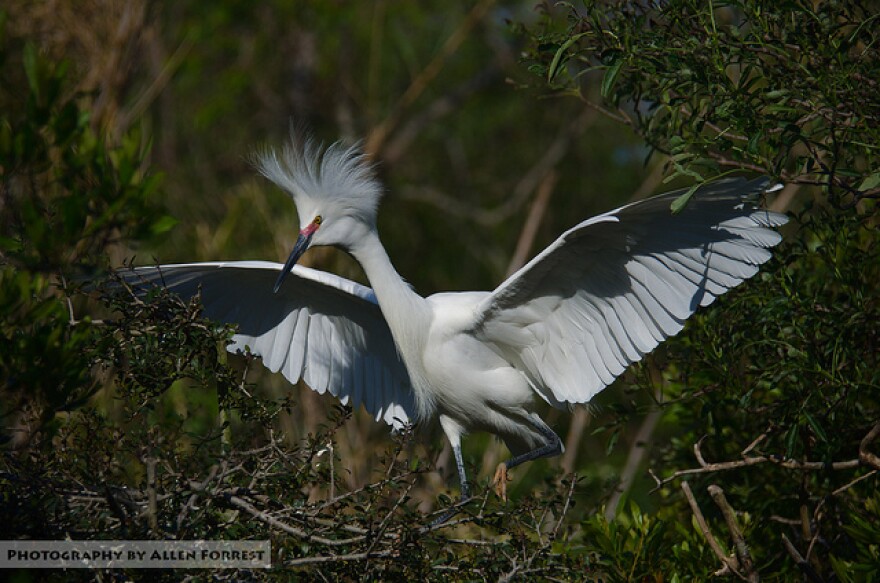Kirk Dorsey wanted to be an ornithologist, so he went to Cornell University. “But I was not a particularly good student at ornithology…all the biology classes. But I was taking history classes for fun.” And in his junior year he found himself in a US Foreign Policy class.
“There was a half a sentence in a text book, that in 1916, the United States and Canada negotiated a treaty to protect migratory birds. And I thought, ‘wow, I had no idea. I need to learn more about that.’” So, in graduate school, that became the subject of Dorsey’s dissertation.
In the end, instead of becoming an ornithologist with an interest in history, Dorsey became an historian with an interest in birds. In fact, he’s now a professor of history at UNH. And the treaty he was talking about is the International Migratory Bird Treaty.
The treaty “makes it illegal for anyone to take, possess, import, export, transport, sell, purchase, barter, or offer for sale, purchase, or barter, any migratory bird, or the parts, nests, or eggs of such a bird except under the terms of a valid permit issued pursuant to Federal regulations.”
Clear as mud. But basically, it was designed to stop people from hunting migratory birds, everything from orioles to oyster catchers. Dorsey said that, at the time, extinction was kind of on the minds of Americans. Partially because of the extinction of some species that were thought to be inexhaustible, particularly the passenger pigeon. Once, one of the most common species in the country, within the span of a generation they had practically disappeared.
Dorsey added “But also the decline of the American bison was a shock to many people who had a faith there simply were going to be wildlife resources and natural resources endlessly; that they could never destroy all the natural bounty of North America.”
It was a sobering moment for the country, and these events helped to inform a lot of reform movements at that time – the late 19th and early 20th centuries. There was the Weeks Act in 1911, which led to the creation of the White Mountain National Forest in 1918; the National Park Service was created in 1916…it was a busy time for conservation!
As Dorsey explained, there is a reason we’ve dubbed 1900-1920 The Progressive Era. “Because it was an era when American leaders, more often than not listened to the benefit of science. So the conservation movement gets a huge boost from the larger societal ideas about the value of science and technology.”
So the U.S. strikes up this treaty with Canada (actually with Great Britain, which controlled Canada’s foreign policy at the time) and…case closed, right?
Not exactly. It took another 2 years for congress to ratify the treaty. And from the beginning there was disagreement about the fed having authority over these matters. Many thought it should have been left to the states to regulate.
Another issue is in the text of the statute, which uses the word “take”…you can’t “take” birds. The definition of the word “take” is something that’s been debated for the better part of a century. At the beginning it was thought “take” mostly meant hunt. But, as Dorsey explained “that changed largely because of some court cases out in California with the wildlife refuges in the central valley. Selenium was leaching into the water in the refuges and causing all sorts of deformities.” This expanded the definition of “taking” to include unintentional killing of wildlife.

100 years later, we now enjoy the company of many species that were on the bubble and bounced back. Like the snowy egret, prized by haberdashers for its delicate plumage and how it looked on hats. More than a thousand species are now protected by the treaty and the resulting legislation, and estimates of number of birds saved range from millions to billions. Either way it’s a lot.









